Chapter 9. Cold War Canada, 1945-1991
9.2 One Dominion
What constitutes a nation’s history? Canada is a combination of parts, some of which had very little to do with one another during the modern era, not to mention the colonial period. Does adding them together create a quilt of histories or a common heritage of historical experiences? To take one example, New Brunswick was once part of Nova Scotia (and, before that, both were mostly Acadia). Does its history before 1783 belong to Nova Scotia, and do those “Nova Scotians” who overnight became “New Brunswickers” continue to have a stake in Nova Scotia’s history? Ought New Brunswickers to think of the larger region before 1783 as part of their historic heritage? Might Nova Scotians think of New Brunswick since 1783 as a continuation of a Nova Scotian story?
Such questions seem abstract, but in the building of a national consciousness through historic awareness they are very practical and real. Nowhere is this more apparent than in the history of another Atlantic colony.
Newfoundland’s Crisis
The oldest area of European economic activity in North America, the site of the longest continuous commercial link between North America and Europe, Newfoundland has a colonial history that follows a trajectory unlike any other major settlement on this side of the Atlantic. Newfoundland’s Aboriginal population was mostly eradicated by the 1830s (a Mi’kmaq presence remained on the South coast despite the disappearance of the Beothuk); European settlement proceeded slowly; there was almost no agricultural frontier; and the economy remained tied to a seasonal round of fishing, sealing, forestry, and shipbuilding that remained largely unchanged from the 18th century into the 20th.
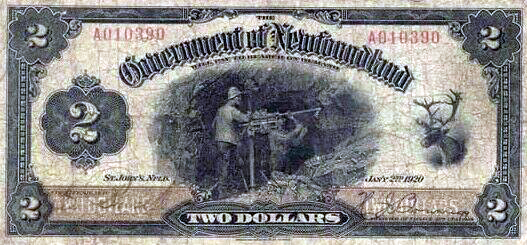
There are ways of looking at this that suggest a slow-to-modernize, backward-looking society and economy. Certainly Newfoundland (and Labrador even more so) moved to a different historical rhythm than the rest of North America. Sectarian rivalries between Catholic and Protestant communities persisted, while they declined in Canada. The size and scope of government was so limited that Labrador communities were essentially left to the missionaries to administer, well into the 20th century. The mainland annex mattered so little to St. John’s that the island Dominion of Newfoundland attempted repeatedly and without success to sell it to Canada. Corruption in government was thought to be endemic, and the ejection of the Liberal-Reformers Party under the leadership of Sir Richard Squires (1880-1940) was a violent affair that took Responsible Government down with it. The Dominion of Newfoundland receded from view as a British-appointed Commission of Government restored, in every way that mattered, the old colonial order from 1934 until its union with Canada in 1949. Newfoundland before 1949 was pauperized, locked in the 19th century, riven with religious divisions and spite, and then stripped of its hard-won autonomy as an independent member of the Imperial order.
This is only one way of looking at the situation. Another draws attention to the accomplishments of a small population in an inhospitable environment. The sea was the nation’s larder, which Newfoundlanders exploited in a great variety of ways. The rise of the whaling industry, for example, was Newfoundland’s entry to the lubricant and fuel oil industry, a theme subsequently rejoined with off-shore oil. Sealers adapted to more versatile fleets, and the fisheries repeatedly shifted its focus with changes in market and environmental conditions. Hydroelectric development began in the 1880s; in the 1920s, the pulp and paper plant at Corner Brook and a smelting operation at Buchans were being fed by a hydro station on Deer Lake. Efforts were made to launch a Newfoundland railway and to thereby open up agricultural, mineral, and forestry opportunities in the northern interior of the Dominion, a scheme that echoed Macdonald’s National Policy. Government became enlarged as a consequence, though its tax base remained precarious and subject to the vicissitudes of the commodity market in the Atlantic Rim. Sectarian division was, it is true, a fact of life in Newfoundland — but it was, too, in Toronto (called in the 1920s the “Belfast of Canada”).[1] Party loyalties largely reflected denominational loyalties (as they did in much of Canada), although class lines were also important at the polls. There was widespread government corruption, but one cannot look at the Squires bribery case without recalling the Pacific Scandal or, more contemporaneously, the support of the Ku Klux Klan by Saskatchewan Conservative Premier James Anderson (1878-1946), or Alberta UFA Premier John Brownlee’s (1883-1961) career-ending sexual relationship in 1934 with a young staffer in the Attorney-General’s office. If immorality or unethical behaviour on the part of public figures was cause to relegate a province to colonial status, there would be hardly anything left of Canada by the end of the 1930s.
Giving up Responsible Government was a setback for democracy but it was also a prudent move in a period of political and economic turmoil. It was a tough decision to make but it was made by the legislature itself in 1934. The new PM, Frederick Alderdice (1872-1936) of the United Newfoundland Party, thus oversaw his own redundancy and thereby gave the island Dominion a respite from contentious politics. The Commission of Government piloted Newfoundland through the rest of the Depression, into and out of World War II, and to the beachhead of Confederation in 1949.
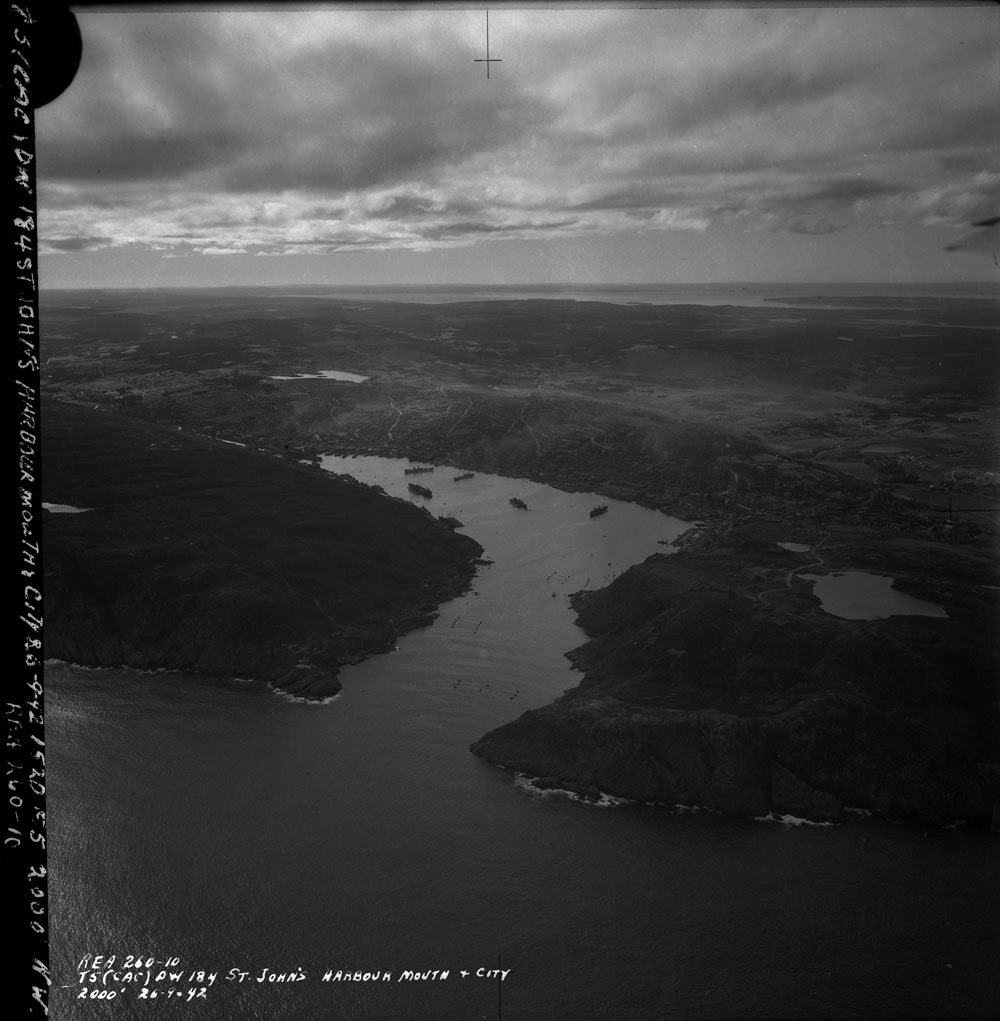
From Commission to Confederation
If there is a recurrent theme in Newfoundland’s political history, it may be unfounded optimism. The promises made by incoming governments in the first half of the 20th century seem to repeatedly promote a sense of hope among a population whose economic world was all too often unforgiving. Once disappointed, the electorate could be unforgiving in return, as Prime Minister Squires discovered. The Commission of Government realized this truth, too, in the late 1930s. The loss of responsible and autonomous government was a blow to the morale of Newfoundlanders and, whatever good the Commission accomplished — and it did do much to improve the administrative and educational environment in the former Dominion — it was confounded in its efforts by the economy. This changed almost instantly in 1939 with the outbreak of war.
Newfoundland, the easternmost point in North America, was immediately of strategic importance. Convoys of supplies from Canada and the United States were necessary to sustain the British war effort, and these had to be protected from German air and sea attacks. The investment in military infrastructure stimulated the Newfoundland economy in ways that would have been unimaginable only months before. It is reckoned that 20,000 jobs were created in construction and related jobs in 1942, as the United States entered the war and poured millions into forward bases on the island and in Labrador. It was on the mainland that change sped ahead most rapidly: Labradorians were not being ushered into a modern economy exemplified by automobiles and small factories; instead, they were suddenly confronting military airbases where thousands of men and women worked with precision tools on machinery that was delivered out of the sky. Democracy had not before this time reached the mainland of the old Dominion, and its people had been pretty much left to their own devices. The Moravian missions and the Hudson’s Bay Company between them had governed the region at the behest of St. John’s. With the war underway, both Canadian and Newfoundlander influences grew in Labrador.
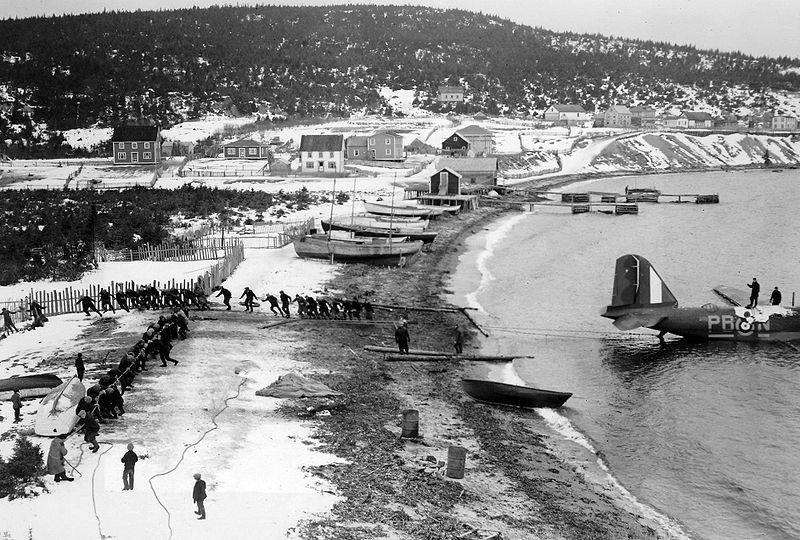
One of the conditions of the Commission of Government was that Responsible Government would return as soon as Newfoundlanders wanted it. This was a vague assurance, not least because there was no clarity around how popular desire for the old constitution might be measured. There was no legislative assembly, so elected officials could not force the issue. The British administration had its own agenda: it wished to see Newfoundland independent of imperial oversight and, moreover, it was anxious to avoid a return to the bad old days of rolling financial crises. Britain had bailed out Newfoundland repeatedly and now felt the need to back out gracefully from that commitment.

Timing was critical. By the middle of World War II, there was trans-Atlantic planning underway for a postwar economy. The aftermath of WWI had been marked by trade depression and spikes in unemployment in Canada and Britain; Westminster anticipated that war’s end would see American, Canadian, and British investment in Newfoundland quickly come to an end, and the former Dominion would be pitched into poverty once more. Echoing fears that have been raised regarding the fate of every former British colony in North America since the 1860s, there was concern that the strong American influence in the region and the booming American economy might reorient St. John’s toward Washington rather than Westminster (let alone Ottawa). Clearly, annexation with Canada was a preferable outcome and, for once, Canadians seemed keenly interested.
Feeling in Newfoundland and Labrador was conflicted. While, historically, Newfoundlanders had viewed Canadians with suspicion and even some contempt, wartime contact had softened that view. There were some who wished to see a return to independent Dominion status — the Responsible Government option — and there was a significant number who preferred to see the Commission of Government continue. What all sides feared most was a return to the inequities and hardships of the pre-Commission days. The British administration sampled opinion and empowered the local population to craft their own constitutional future through a national Convention, which met from late 1946 to early 1948. The expectation was that voters would be offered up a referendum in which Confederation would be a leading option. While there was a demonstrable appetite for union with Canada during the Convention meetings, the delegates voted in favour of a two-choice referendum: Commission of Government versus Responsible Government. Horrified, the British brushed aside the local process and inserted Confederation on the ballot. The outcome was at first inconclusive: on 3 June 1948, the most popular option was Responsible Government with nearly 45% of the vote, followed by Confederation with 41% and the remaining fraction going to the Commission. A second ballot was held a month later. The Commission option was removed from the ballot and Confederation pulled ahead, but with only 52.3% of the vote.
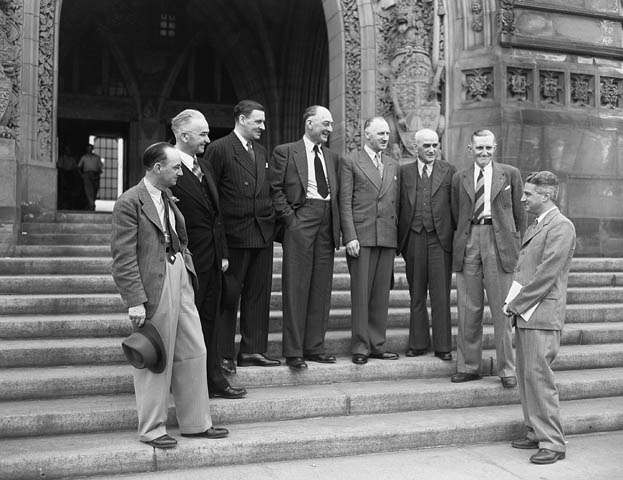
This was a highly divisive process. The British were seen to be moving the goalposts as regards the Convention’s mandate. The more heavily populated constituencies of the Avalon Peninsula went for Responsible Government, while the sparsely populated rural and Labrador communities supported Confederation. The Orange Lodge — sensing that the winds of loyalism were blowing toward Ottawa — accused the Catholic clergy of stirring up anti-Confederation sentiment. For their part, Catholic voters feared that union with Canada would result in the loss of their separate schools; indeed, Canada’s track record on this issue was atrocious. Joey Smallwood (1900-1991) led the pro-Confederation movement and pulled together a curious coalition. A former union organizer with the politically active (and typically anti-Catholic) Fishermen’s Protective Union, he worked mostly as a journalist, failed as a Depression-era politician, and — like many populist figures of his time — moved into radio. As a delegate at the Convention, he pushed the Canadian option and decried Responsible Government as an elitist scheme that would see poverty continue unchecked. Thus, the vote was coloured along the fracture lines of class, sectarianism, and rural versus urban.
Smallwood subsequently became the leader of the Liberal Party in Newfoundland and, as the new province of Newfoundland entered Confederation in 1949, he became its first premier. This was an office he would hold for nearly 23 consecutive years. As a writer and a public personality, he crafted much of his own legend over time and into retirement, describing himself as the “last living Father of Confederation.” Newfoundlanders were divided on the Smallwood legacy, particularly as it became more and more apparent that joining the mainland Dominion was no guarantee of prosperity. There remained a strong sentiment favouring Newfoundland independence and this was very slow to dissipate, not that it ever has done so entirely.
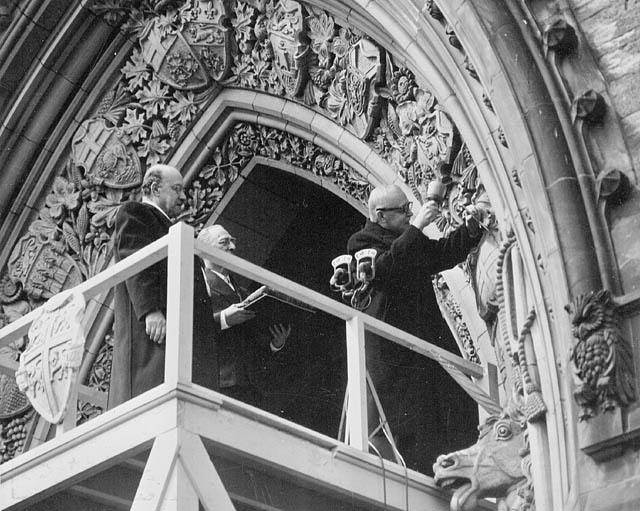
Key Points
- Newfoundland’s special relationship with Britain preserved a political economy that was more oriented to the Atlantic than to the rest of North America.
- Economically vulnerable, Newfoundland and Labrador did not modernize much before the 1940s and World War II.
- In 1934, the political and economic situation in the Dominion was so bleak that the government voted itself out of existence and back into colonial status.
- The war led to significant improvements in the economy and a change in attitudes towards the mainland. A referendum campaign concluded with a bare majority of Newfoundlanders preferring Confederation over independence and multilateral economic bonds.
Media Attributions
- Newfoundland Two-Dollar Bill is licensed under a Public Domain license
- St. John’s, Newfoundland, 1942 © Library and Archives Canada (MIKAN no. 4164991) is licensed under a Public Domain license
- Robbie Sproule Pull the Digby from the sea, 1942 © Robbie Sproule is licensed under a CC BY (Attribution) license
- Fort Pepperrell, St. John’s, Newfoundland, 1942 © Library and Archives Canada (MIKAN no. 4164988) is licensed under a Public Domain license
- Delegation negotiating the union of Newfoundland with Canada, 1947 © George Hunter, National Film Board of Canada, National Archives of Canada (PA-128076) is licensed under a Public Domain license
- Newfoundland Confederation ceremonies, Prime Minister St. Laurent initiates the work of carving Newfoundland’s arms © National Film Board/Library and Archives Canada (C-006255) is licensed under a Public Domain license
- On this topic, see Mark McGowan, The Waning of the Green: Catholics, the Irish and Identity in Toronto, 1887-1922 (Montreal & Kingston: McGill-Queen’s University Press, 1999), and William J. Smyth, Toronto, the Belfast of Canada: The Orange Order and the Shaping of Municipal Culture (Toronto: University of Toronto Press, 2015). ↵

